An advantage in today’s marketing tactics is our access to the Internet and, perhaps more importantly, the big data this online world offers. Yes, the online world provides us with a variety of platforms to reach our customers and sell our products and services. But big data can help businesses do so much more effectively than ever before.
Old-school techniques can be improved by considering all the information big data can give us. Sadly we see far too many cases of people and businesses overlooking this precious resource.
To successfully market your business online, you need to understand the data available to you on the Internet.
So, what is ‘big data’?
Simply put, big data is large sets of information that can be computer-analysed to find patterns and trends. These sets often relate to human behaviour, for example where certain demographics spend their time online.
How can I market big data?
As you know, your target audience should be at the core of your marketing approach. Everything you sell, promote, post etc. should be with that market in mind. Imagine being able to understand how your audience behaves. If you know their likes/dislikes, budget, preferred social media platforms (and more – the possibilities are endless!), you can find out exactly how to market your product or service, so it is most appealing to your target.
There are four categories of big data analytics that are most relevant to marketing a business or company; prescriptive, predictive, diagnostic and descriptive. These each have their own advantages and approaches.
Prescriptive analytics
This type of big data is very useful for analysing niche groups and informing the creation of very specific marketing campaigns.
For example, a beauty therapist can compare all clients using prescriptive big data to break them down into categories. Of all the clients in the system, you can identify those who only book manicures/pedicures. From there, you can find the popularity of each nail polish which can identify a brand or colour to focus a marketing campaign on.
The basis of the campaign could be if a brand you only stock in one colour is very popular, you might order more varieties from that brand and begin a marketing campaign letting your clients know about your new colours. You’d be able to increase exposure by tagging the new brand on social media, you can increase appointments by offering your clients deals or discounts on the new product, you could create a new page on your website about the new product (which will inform your customers whilst improving your site’s SEO!)
Predictive analytics
This data gives you a forecast of likely futures based on past patterns.
For example, an accounting agency may like to know when their busiest time of year is. They could analyse when the majority of their clients are making contact regarding their annual tax return, predicting a similar pattern for the following year. This can ensure the accountants are all properly organised for the busy period and the business knows when to market what.
During this busy period, they might post more on their website/social media about how to prepare for your next meeting with your accountant. While in their quieter periods, they could use advertising (e.g. TV, billboard, radio etc.) to pursue more clients and they could increase exposure through community involvement (e.g. charity events).
Diagnostic analytics
Diagnostic analytics considers past results to determine what happened and why.
For example, an optometrist may use this type of big data to understand their social media performance. They may find certain posts were less popular than others. This could be due to a range of factors such as; the post content, the time/day of the post, whether the post was aimed at the right audience, and the business’ likers/followers.
They might find that ‘younger’ brands get more likes later at night (e.g. when the younger audience tends to be online), and they could discover that their humorous posts are shared more on the weekends (e.g. funny content may appeal to your audience more on their day off rather than during the stress of workdays). This information can be used to help formulate a social media plan.
Descriptive analytics
This is current data that shows what is happening right now. While this category tends to be less valuable than those already covered, it can provide data patterns that offer insight into your business and target market.
For example, a financial advisor may assess a client’s current credit rating. From this information, they can create categories and offer services they think are most relevant to each.
They may offer the good rating group an investment opportunity (since they are likely to be better at handling their money and planning for the future), while the group with lower ratings may receive basic savings advice or an offer to a seminar for amateur investors.
This information can be valuable to inform how the business markets its services. Ensuring they are offering the right product to the right client will increase the chance of sales and satisfied customers.
There are endless possibilities for how we use big data. These categories and examples are just the beginning and every business is different, meaning that each marketing campaign will be unique to each business.



